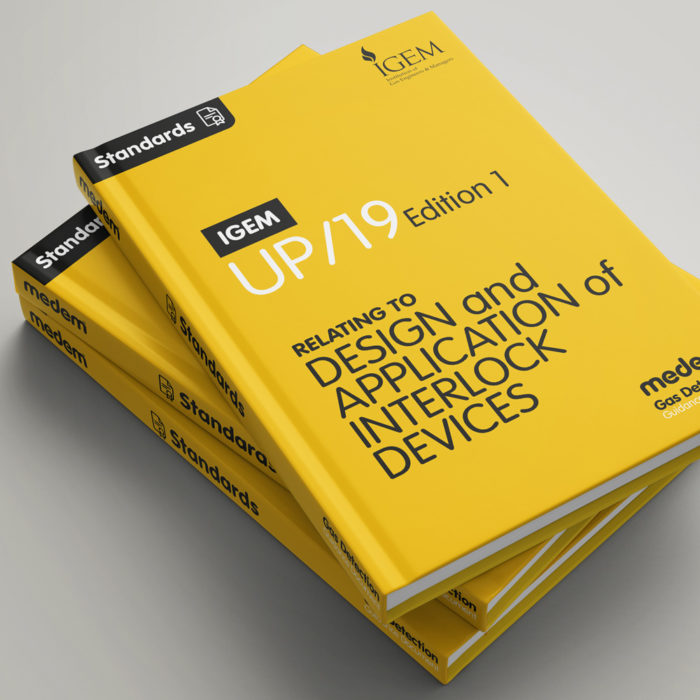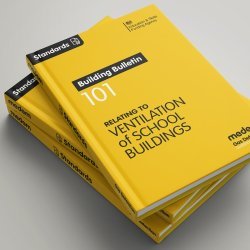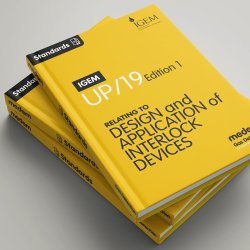IGEM/UP/19, Edition 1, Design and application of interlock devices
This standard has been designed to give guidance to engineers involved in the design and maintenance of commercial kitchens.
One of the main changes that this standard has implemented is the removal of secondary interlocking. Over-rides, fan bypasses or secondary interlocking of any form are not allowed and the design of any fitted interlock system should be so that an override is not included.
It is important that the interlock and ventilation scheme has been designed to ensure adequate ventilation levels are met and that Gas Safety (Installation and Use) Regulations 1998 (GSIUR) are being followed.
This statutory document states:
“Regulation 27(4) No person shall install a power-operated flue system for a gas appliance unless it safely prevents the operation of the appliance if the draught fails.”
As a mandatory document, this takes precedent over UP19.
UP19 also provides further support for the monitoring of CO2 levels to determine adequate ventilation levels are met and the potential for controlling the mechanical ventilation above the set minimum.
For newly designed kitchens the CO2 level within the staff working areas of the kitchen should be below 2,800 ppm and that the gas should be isolated if the CO2 level rises above this limit. For existing installations where a 5,000 ppm limit is reached the kitchen gas supply will be isolated until the CO2 reduces.
Only CO2 detectors that have been designed for the arduous conditions of a commercial kitchen should be used, with features such as a PTFE filter that can be easily changed periodically being considered. Although commercial and industrial CO2 detector heads will make some allowance for unclean air they could eventually become blind in the air of a commercial kitchen.
Please don’t hesitate to contact us to discuss the location and mounting of CO2 detectors in a commercial kitchen. See also these two other standards British Standard 6173/2009 and IGEM/UP2, Edition 2, which will help you.
If you require any additional information on our systems to help meet these design standards or wish to discuss the standards further please don’t hesitate to contact us.
- CATEGORY Commercial Kitchens , Gas Detection , IGEM
- TAGS






